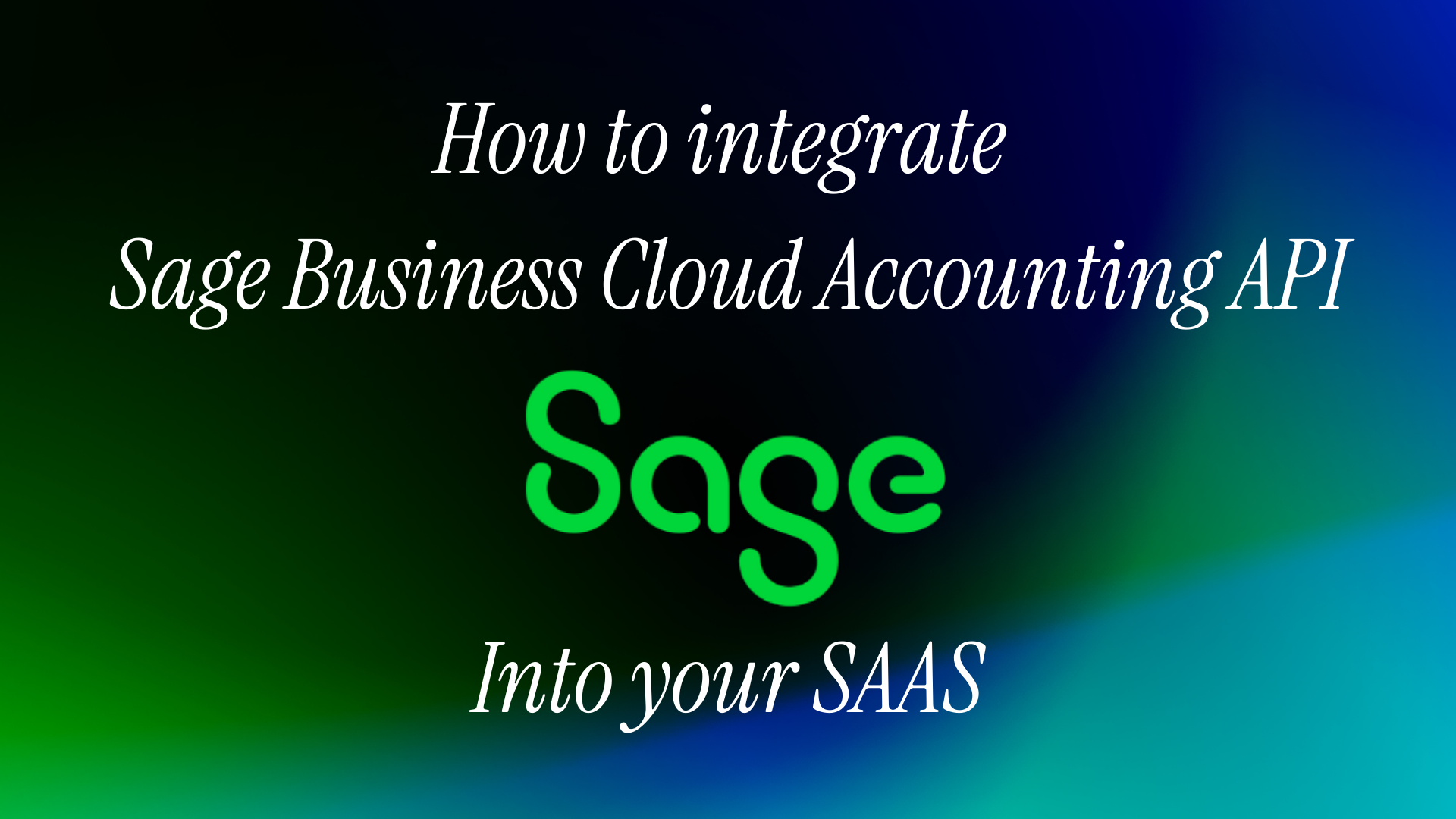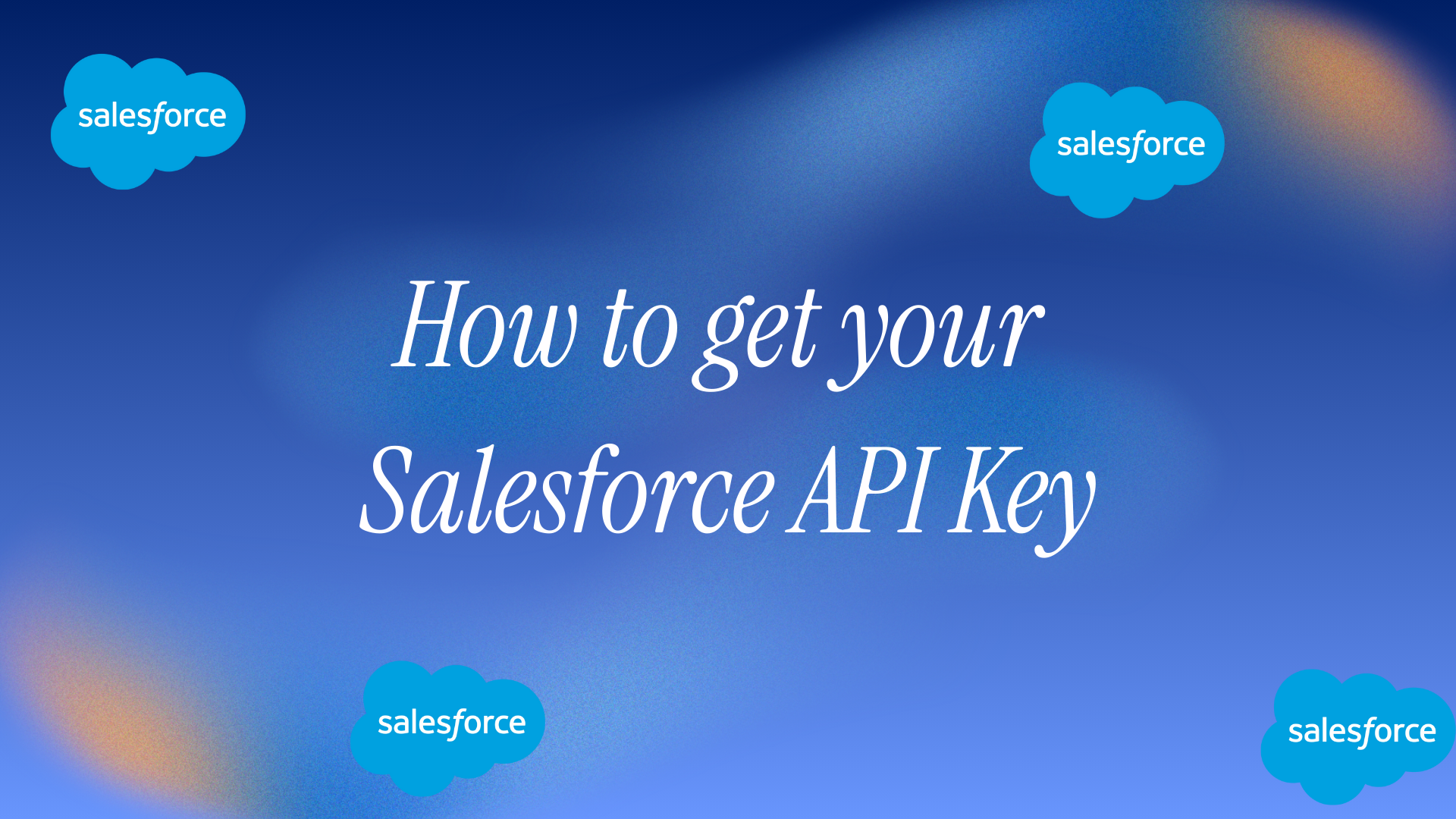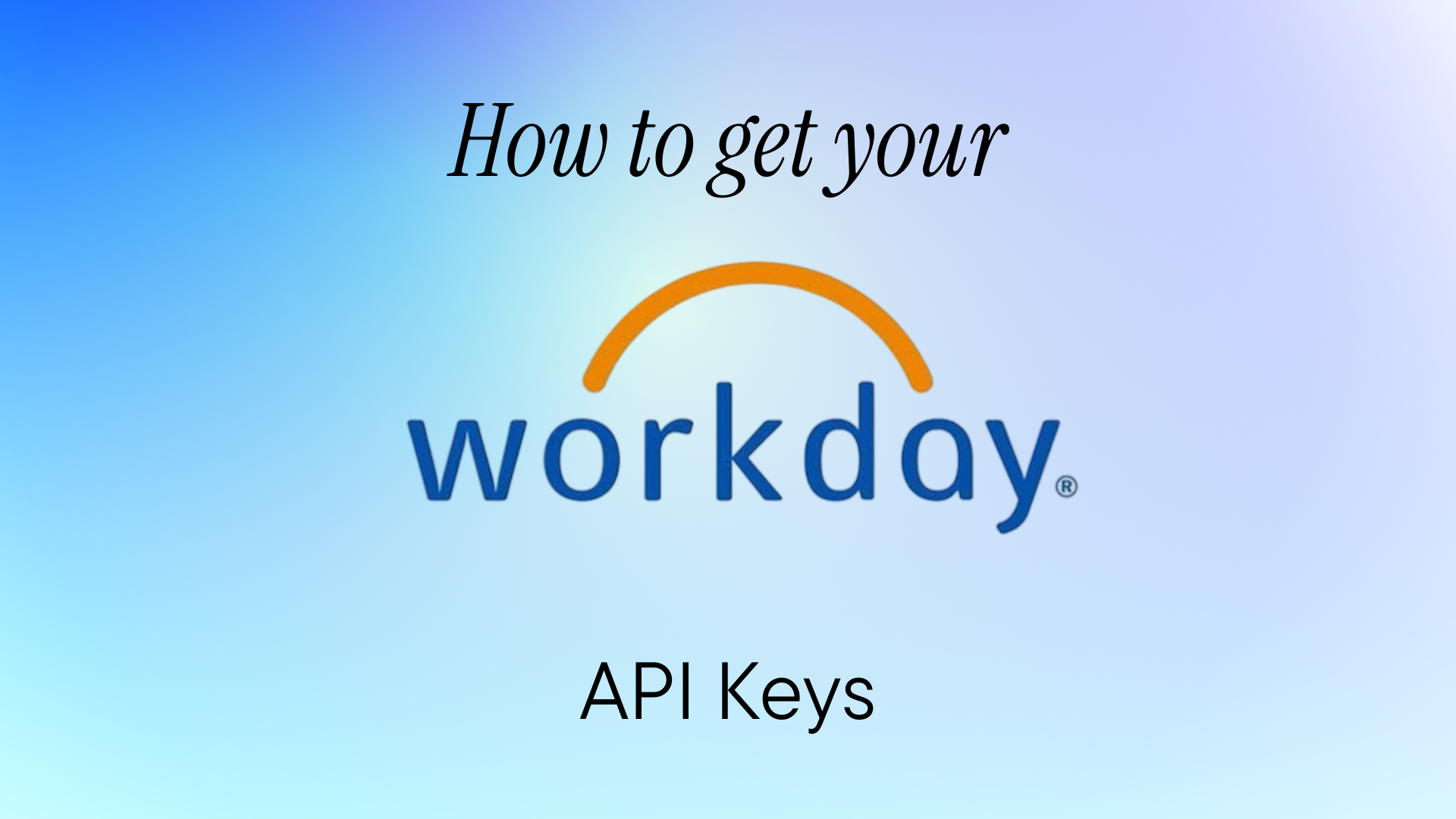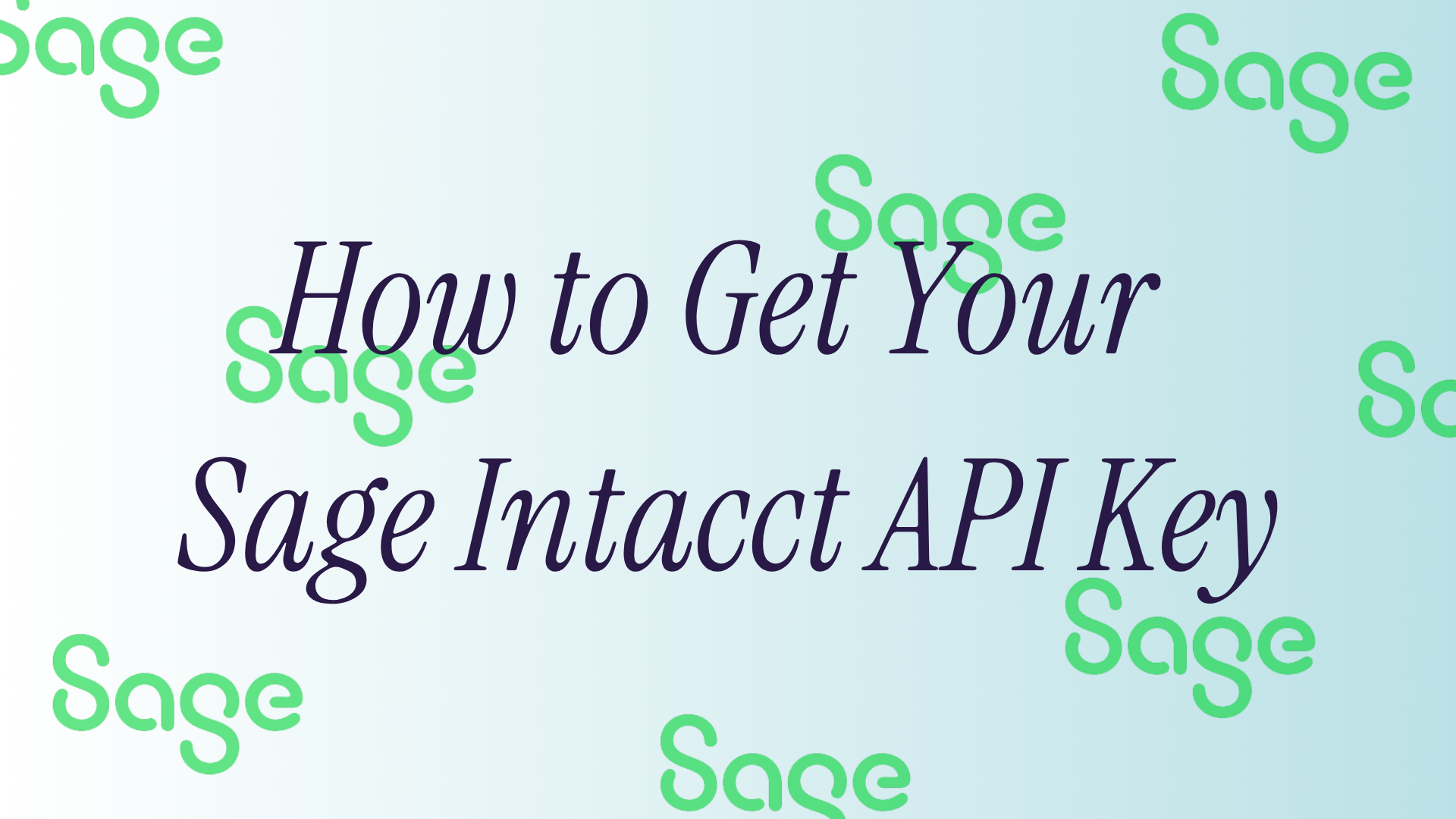How To Integrate Sage Business Cloud Accounting API Into Your SaaS
Sage Business Cloud is a suite of cloud-based accounting and financial management software designed primarily for small to medium-sized businesses (SMBs). Its products, including Sage Business Cloud Accounting and Start, help companies manage their finances, from invoicing and cash flow to tax compliance, through a web browser or mobile application.
What Is Sage Business Cloud Accounting API
Sage Business Cloud Accounting API is a RESTful web service that connects your software to Sage’s cloud accounting platform.
The API uses JSON format for all data exchanges, which makes it straightforward to work with in most programming languages. It follows REST principles, meaning you use standard HTTP methods like GET to retrieve data and POST to create new records.
Here’s what makes the Sage Developer API accessible:
-
Free access: No cost to register and start building integrations.
-
Standard authentication: Uses OAuth 2.0, the same security method as Google and QuickBooks APIs.
-
JSON responses: Easy-to-parse data format that works with any modern programming language.
-
Complete documentation: Step-by-step guides and code examples available at developer.sage.com.
Why to integrate with Sage Business Cloud Accounting API
SaaS companies integrate with Sage to connect their platform to their customers’ existing accounting workflows. Rather than asking users to manually export and import data, the integration creates an automatic data sync.
Consider a project management SaaS that tracks billable hours. Without integration, users manually create invoices in Sage based on time entries. With Sage API integration, the SaaS automatically creates draft invoices with correct client details, line items, and tax calculations.
A vertical SaaS, for instance, can sync unique industry data like daily retail sales or construction job costs. Similarly, a fintech platform can automatically reconcile payment transactions, while an AI agent can execute and log procurement decisions as purchase orders in Sage.
This API integration eliminates double data entry and reduces errors. Users save time, and their product becomes more valuable by fitting seamlessly into existing business processes.
How Sage Business Cloud Accounting API handles authentication
OAuth 2.0 lets your SaaS access Sage data on behalf of users without storing their Sage passwords. The process involves three steps: registration, authorization, and token management.
Register Your Application
Visit developer.sage.com to create a free developer account. Sage provides a client ID and client secret, which act like your application’s username and password for API access.
During registration, specify your redirect URI - the web address where Sage sends users after they grant permission. This URI must match exactly what you use in your authorization requests.
Implement Authorization Flow
The authorization process redirects users to Sage’s login page, where they grant permission for your SaaS to access their accounting data. After permission is granted, Sage redirects back to your application with an authorization code.
Your application exchanges this code for an access token, which authenticates all API requests. The exchange happens server-to-server and includes your client secret for security.
Manage Access Tokens
Access tokens expire after a set period, typically one hour. Sage also provides refresh tokens that generate new access tokens without requiring user interaction.
Store tokens securely using encryption and environment variables. Never include tokens in source code or log files. Implement automatic token refresh to maintain uninterrupted API access.

Alternatively, you can bypass managing this OAuth complexity directly. By using a unified API platform like Apideck. Apideck provides a connector vault that handles the entire authentication flow for Sage. This approach also manages Sage’s multiple country-specific API editions out-of-the-box, simplifying global integrations. You can read more about the Sage Business Cloud Accounting connector guide.
Key Sage API Endpoints for SaaS Integration

The sage api documentation organizes endpoints by business function. Most SaaS integrations focus on contacts, invoices, and transactions.
| Endpoint Type | Purpose | Common Use Cases |
|---|---|---|
| Contacts | Customer and supplier data | CRM sync, client management |
| Sales Invoices | Billing and invoicing | Automated billing, payment tracking |
| Bank Accounts | Financial accounts | Payment processing, reconciliation |
| Ledger Accounts | Chart of accounts | Financial reporting, categorization |
Each endpoint supports standard REST operations. GET requests retrieve data, POST creates new records, PUT updates existing records, and DELETE removes records.
The API uses consistent response formats across all endpoints. Successful requests return HTTP 200 status with JSON data. Error responses include specific error codes and messages to help with troubleshooting. You can visit the full Swagger documentation here.
Mapping Your Data to Sage
Data mapping connects your data structure to Sage’s accounting format. This process requires understanding both systems and creating translation logic.

Contact Mapping:
Sage contacts require a name and contact type (customer or supplier). Optional fields include email, phone, address, and tax registration numbers. Map your customer records to Sage contacts, ensuring required fields are populated.
Invoice Mapping:
Invoice mapping involves multiple related objects: the invoice header, line items, tax calculations, and payment terms. Your SaaS invoice structure may include fields that don’t exist in Sage, requiring decisions about data storage or omission.
Purchase Invoice Mapping:
This represents bills you receive from your suppliers and is critical for tracking accounts payable. You must map the Sage supplier contact, the bill reference number, and the due date. Each line item also needs to be mapped to the correct expense ledger account for accurate bookkeeping.

Payment Mapping:
Payments settle outstanding invoices and bills. Mapping requires linking the payment to the correct transaction (invoice or bill) in Sage. You must also map the payment date, the amount, and which bank account the money was paid from or received into.
Products & Services Mapping:
These are the reusable items that populate your invoice and bill line items. Key mapping includes the item's name or SKU, its default sales price and cost, and the associated tax rate. Crucially, each item must be mapped to a default income or expense account to ensure transactions are categorized correctly.
Key mapping considerations:
-
Line items: Product descriptions, quantities, prices, and tax codes.
-
Tax handling: Sage’s tax system may differ from your SaaS calculations.
-
Currency: Multi-currency support if your SaaS serves international customers.
-
Payment terms: How payment due dates and terms translate between systems.
Handling API Errors and Rate Limits
The Sage API returns specific HTTP status codes and error messages. Understanding these responses helps build reliable integrations that handle problems gracefully.
Common status codes include 200 (success), 401 (authentication required), 404 (record not found), and 429 (rate limit exceeded). Each error response includes a message explaining the specific problem.
Rate limits prevent individual applications from overwhelming Sage’s servers. When you hit a rate limit, the API returns a status code 429 with information about when to retry. Implement exponential backoff - waiting longer between each retry attempt.
Error handling strategies:
-
Log all errors: Include request details, response codes, and timestamps for troubleshooting.
-
Retry transient errors: Network timeouts and server errors often resolve on retry.
-
Alert on persistent failures: Set up monitoring to catch ongoing integration problems.
Testing Your Sage Integration
Sage provides sandbox environments for testing integrations without affecting real accounting data. The sandbox includes sample companies with test data for contacts, invoices, and transactions.
Create test scenarios that cover your integration’s main functions. Test creating contacts, generating invoices, and handling various error conditions. Verify that your data mapping works correctly and that error handling responds appropriately.
Load testing helps ensure your integration performs well with larger data volumes. Test pagination for endpoints that return multiple records, and verify that your application handles API rate limits correctly.
Connecting to Sage Business Cloud and 100 more Accounting APIs at once
Building direct integrations with multiple accounting platforms requires separate code for each API. Apideck provides a single interface that connects to Sage, QuickBooks, Xero, NetSuite, and other accounting systems.
Apideck handles the differences between platforms - authentication methods, data formats, error handling, and API changes. You write the integration code once and gain access to multiple accounting platforms.
This approach reduces development time and ongoing maintenance. Instead of monitoring multiple APIs for changes and updates, the unified API provider manages these details. Your team focuses on core product features rather than integration maintenance.
Getting Started with Your Integration
Start by registering for a Sage Developer API account and exploring the API documentation. Create a simple test integration that authenticates with OAuth 2.0 and retrieves basic company information.
Build your integration incrementally, starting with read-only operations before implementing data creation and updates. Test thoroughly in the sandbox environment before connecting to production Sage accounts.
Consider whether a direct integration or unified API approach better fits your development timeline and maintenance capacity. Direct integrations provide maximum control, while Apideck offers faster implementation and reduced maintenance overhead.
Once your integration is completed, you can start the process of becoming a Sage partner and list your software on the Sage Global Marketplace. As a certified Sage partner, Apideck can support you during the partnership process.
Ready to accelerate your accounting integrations? Get started with Apideck to connect Sage and 20+ other platforms through a single unified Accounting API.
Frequently Asked Questions About Sage Business Cloud Accounting API Integration
Does Sage Business Cloud Accounting API support multiple currencies?
Yes, the API handles multi-currency transactions and stores currency conversion rates. Each transaction includes currency codes following ISO 4217 standards.
Can one integration manage multiple Sage Business Cloud Accounting companies?
Each Sage company requires separate OAuth authentication, but your integration can store and manage multiple sets of tokens. Select the appropriate token for each API request based on the target company.
What happens when Sage releases new API versions?
Sage maintains backward compatibility for supported versions and provides advance notice of deprecations through the Sage Developer API program. Migration guides help transition to newer versions when older ones are retired.
Does the API provide real-time notifications for data changes?
The API currently uses polling rather than webhooks for data synchronization. Your integration queries endpoints periodically to detect and process changes in Sage data.
Ready to get started?
Scale your integration strategy and deliver the integrations your customers need in record time.








